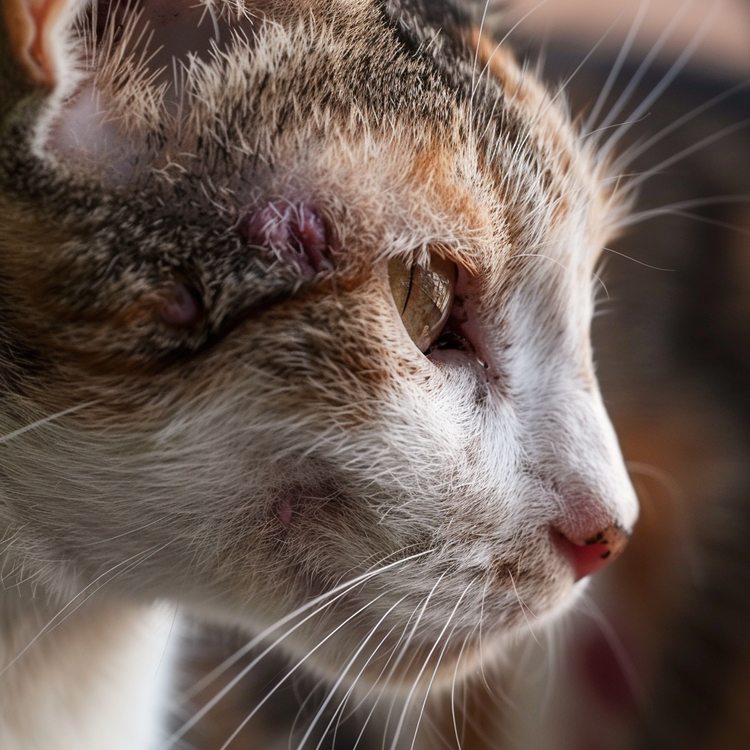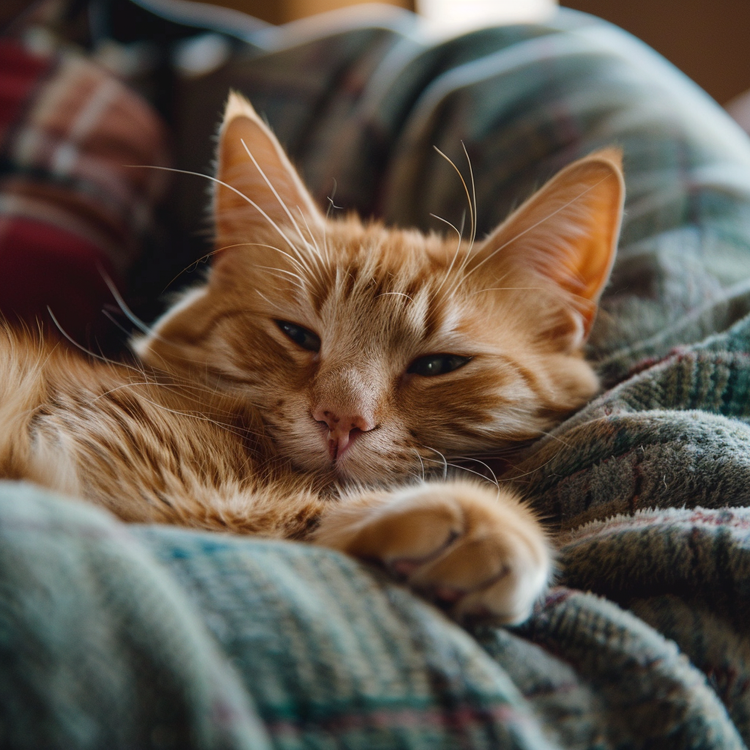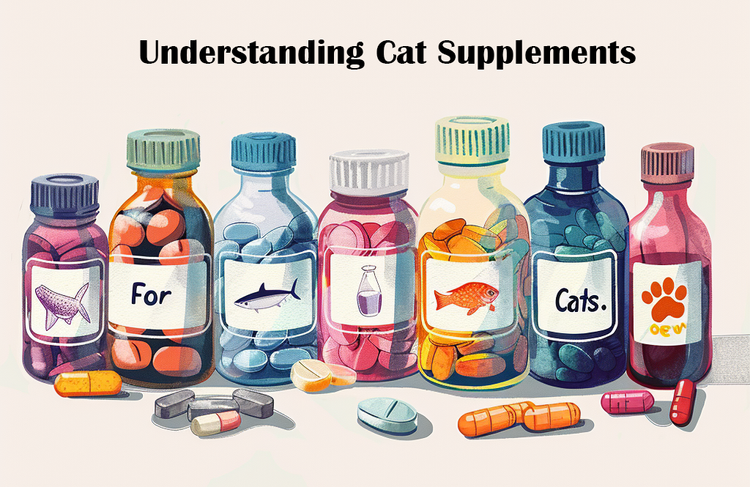How to Transition Your Cat to a New Diet: A Step-by-Step Guide
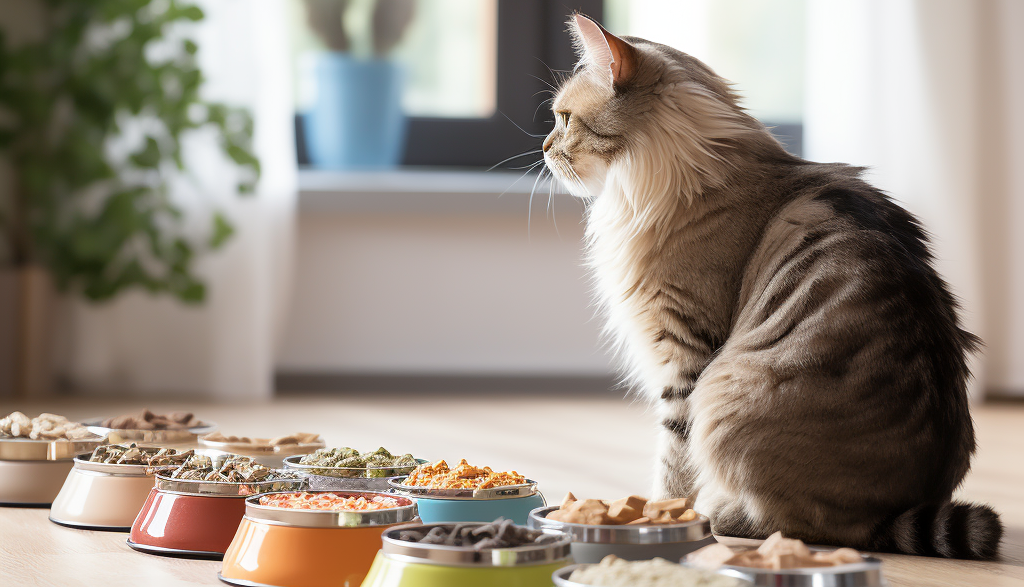
- Understanding Your Cat’s Dietary Needs
- For Cats with Special Health Conditions
- Exploring Dietary Options
- Preparing for the Transition
- Step-by-Step Guide to Transitioning Your Cat’s Diet
- If Your Cat Refuses the New Food
- Tips for Picky Eaters
- Patience and Persistence
- Monitoring Your Cat’s Health During the Transition
- Troubleshooting Common Issues
- Final Thoughts
- Veterinary Oversight
- FAQs
A cat's health and longevity are fundamentally linked to a diet that meets its specific nutritional needs. Proper nutrition is essential for fueling daily activities, boosting the immune system, supporting growth, and addressing health issues like obesity, kidney disease, or diabetes, which may require specialized diets. As cats age, their dietary needs change, necessitating adjustments to their meals. Introducing a new diet, particularly to picky eaters, can be challenging and requires a patient, informed approach. This guide provides practical advice for transitioning your cat to a new diet, ensuring they not only accept but also benefit from the nutritional changes, leading to a healthier, more fulfilled life.
Understanding Your Cat’s Dietary Needs
Cats, with their enigmatic presence and elegant demeanor, embody a complexity that extends into their nutritional needs. These needs are deeply intertwined with various factors, such as their life stage, overall health, and lifestyle. To ensure our feline companions thrive, it's essential to understand and cater to these specific dietary requirements. The right nutrition is the cornerstone of their health, impacting everything from their energy levels and physical growth to their ability to combat age-related challenges and specific health conditions. Let's delve into the nuances of what constitutes an appropriate diet across different stages of a cat's life and under varying health circumstances.
- Kittens: Require a nutrient-rich diet that supports rapid growth and development, focusing on:
- High energy needs: Kittens are highly active and require diets dense in calories and nutrients to fuel their playfulness and growth spurts.
- Essential vitamins and minerals: Proper development of bones, teeth, and muscles in kittens hinges on adequate intake of vitamins and minerals, making fortified foods vital.
- Adult Cats: Need a balanced intake of proteins, fats, and carbohydrates to:
- Maintain optimal health: A diet rich in high-quality proteins and balanced fats helps adult cats maintain lean muscle mass and supports overall health.
- Prevent disease: Adequate levels of antioxidants and specific nutrients can help bolster the immune system, reducing the risk of chronic diseases.
- Senior Cats: Benefit from diets lower in calories but higher in fiber, to address:
- Age-related issues like obesity: Lower calorie diets help manage weight in less active senior cats, reducing the strain on their joints and organs.
- Gastrointestinal health: Higher fiber content supports digestive health, which can be a common issue as cats age, helping to maintain regular bowel movements.
By tailoring nutrition to the specific life stage of your cat, you can support their health and wellness from the playful kitten days through to their dignified senior years.
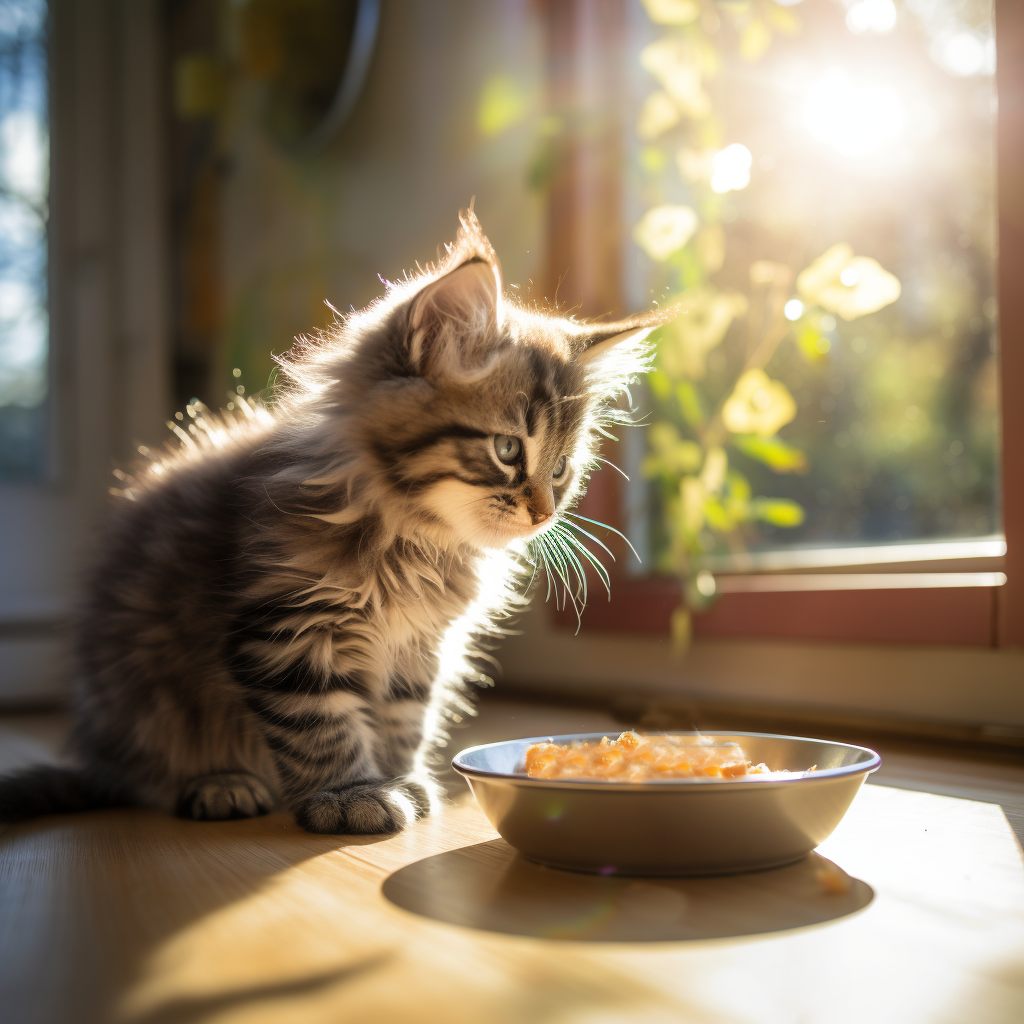
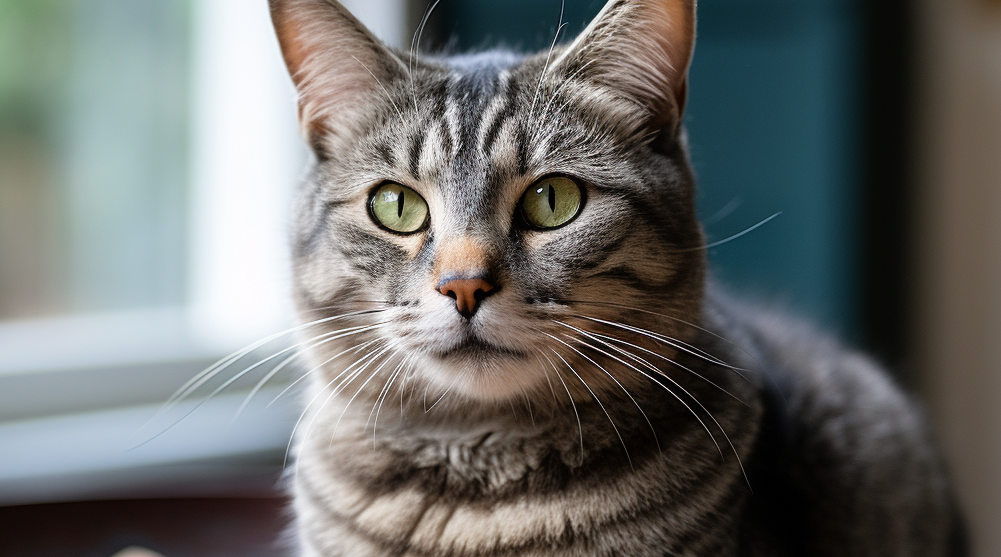
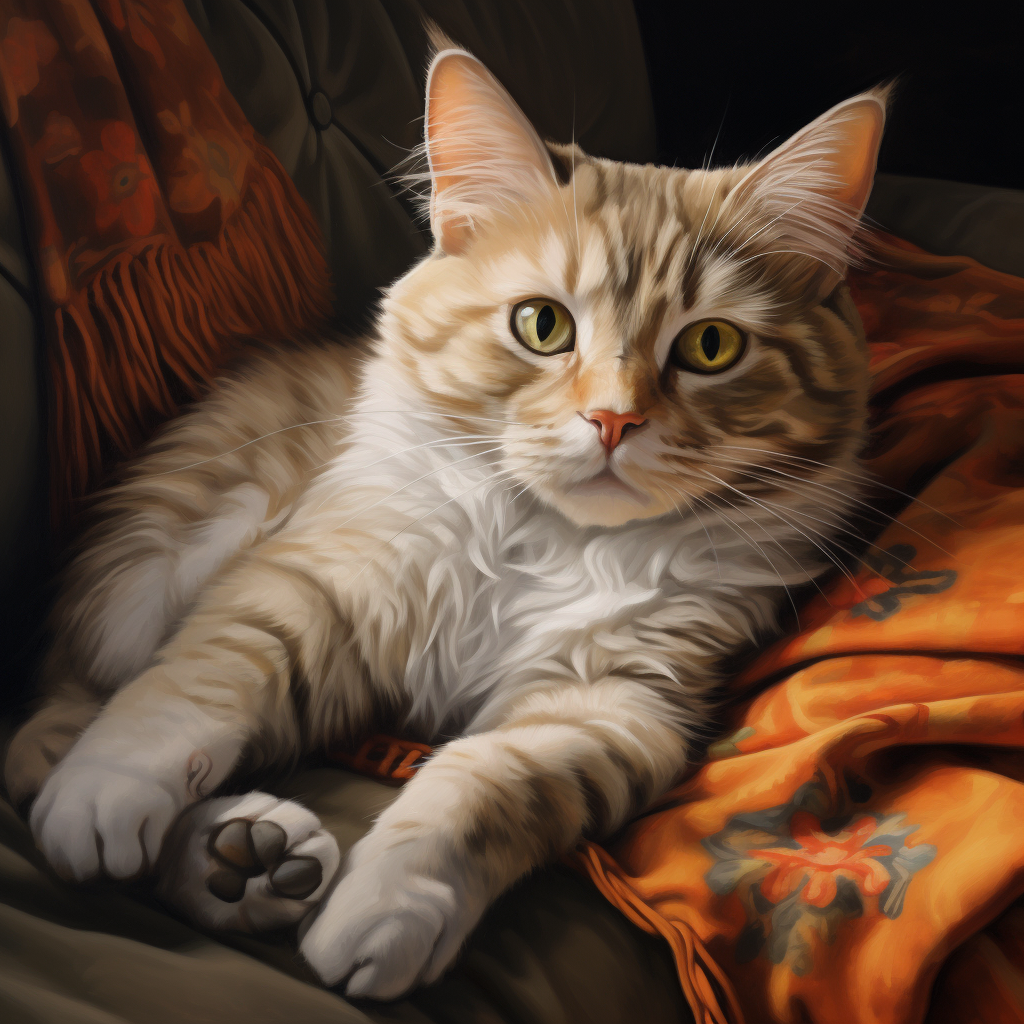
For Cats with Special Health Conditions:
Cats with specific health issues, such as urinary tract diseases or diabetes, often require specialized diets that go beyond standard nutritional needs. These tailored diets are designed with precise formulations to address and manage health challenges, ensuring that cats not only live but thrive despite their conditions:
- Manage Symptoms Effectively: Specialized diets are engineered to directly target and mitigate the symptoms of health issues like urinary tract diseases, with controlled mineral levels, and diabetes, through low glycemic ingredients, promoting symptom relief and disease management.
- Maintain Quality of Life: These diets are designed to not only manage symptoms but also to enhance overall well-being, offering balanced nutrition that supports ideal body weight, organ health, and immune function, thus improving quality of life for cats with specific health conditions.
The emphasis on specialized diets underscores the importance of veterinary consultation to accurately diagnose and manage health conditions through tailored nutrition. By addressing the unique needs of cats with health challenges, these diets play a pivotal role in supporting their health and well-being.
Exploring Dietary Options:
The pet food market offers a broad spectrum of choices to accommodate the varied dietary needs of cats, ranging from everyday nutrition to specific health concerns. These options are designed to cater not just to the nutritional requirements but also to the preferences and health conditions of our feline friends:
- Commercial Diets: These diets provide convenient and balanced nutrition for cats of all ages and are formulated to meet general dietary standards. They are widely available and designed to cater to the nutritional needs of cats without specific health issues.
- Prescription Diets: Tailored for cats with specific health issues, these diets require veterinary guidance to ensure they meet the unique nutritional requirements and support the management of health conditions such as kidney disease or obesity.
- Wet Food: Offering hydration along with nutrition, wet food is especially palatable and appealing to many cats, making it an excellent choice for fussy eaters or those needing additional moisture in their diets.
- Dry Food: Known for its convenience, dry food helps promote dental health through mechanical cleaning as cats chew, reducing plaque and tartar buildup, and is often recommended for its dental benefits.
- Raw Diets: Mimicking natural feline diets, raw food options claim to provide benefits such as improved coat condition, better digestion, and allergy relief, appealing to owners seeking a more "natural" diet for their cats.
Each of these dietary options has its place in catering to the diverse needs and preferences of cats, emphasizing the importance of choosing a diet that best supports the health and happiness of our feline companions.
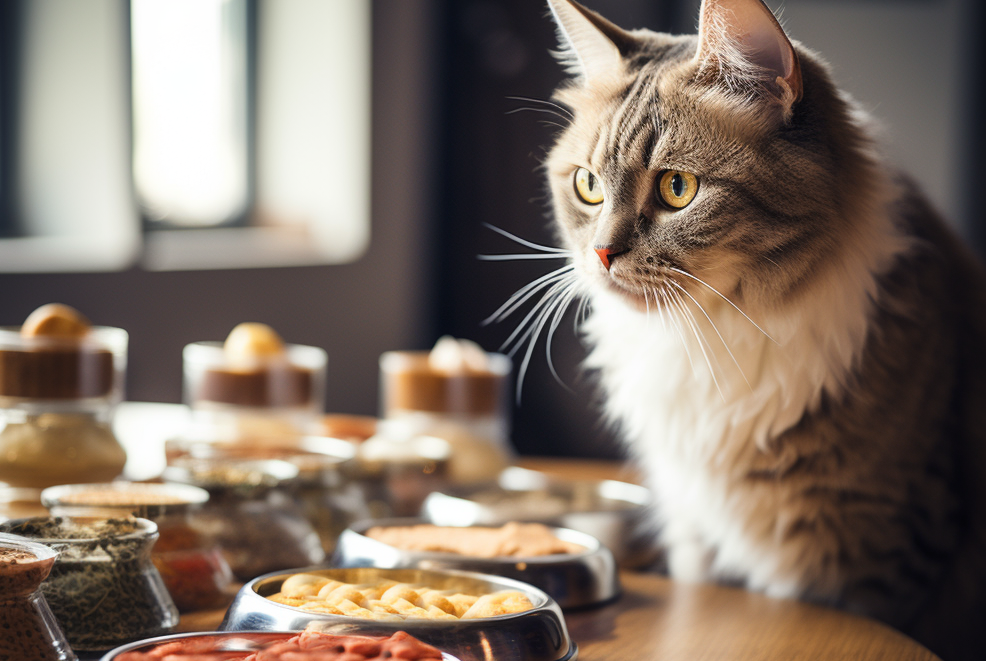
Preparing for the Transition
Embarking on a dietary transition for your cat is not just about the choice of food; it's about timing and understanding. The optimal moment for introducing a new diet is crucial and often depends on both your cat's routine and its readiness for change. Stressful periods, such as moving homes or introducing new family members, might not be the ideal times for dietary adjustments. A calm, stable environment will make the transition smoother and more successful.
Selecting the right food requires a deep dive into your cat's specific needs and preferences. Age, activity level, existing health conditions, and even flavor preferences play a significant role in this decision. It's not just about the health benefits; the food must also appeal to your cat's palate to ensure acceptance.
Equally important is the ability to navigate and decipher pet food labels. Understanding the ingredients list, nutritional adequacy statement, and feeding guidelines provides insights into the quality and suitability of the food. Look for high-quality protein sources as the main ingredient, and ensure the diet meets the nutritional levels established by the AAFCO for your cat's life stage. This knowledge empowers you to make informed decisions, aligning your cat’s diet with its health requirements and taste preferences, setting the stage for a successful dietary transition.

Step-by-Step Guide to Transitioning Your Cat’s Diet
Transitioning your cat to a new diet is a delicate process that requires patience and careful monitoring. Here's a detailed, day-by-day guide to ensure the switch is as smooth and stress-free as possible for your feline friend:
Day 1-3: Introducing the New Diet
Begin by mixing 25% of the new food with 75% of the old food. This subtle change helps your cat get accustomed to the taste and texture of the new diet without overwhelming them. Serve this mix for the first three days, observing your cat’s reaction. Pay attention to their appetite and any signs of digestive discomfort, such as vomiting or diarrhea. This initial phase is crucial for easing into the transition without causing undue stress.
Day 4-6: Increasing the New Diet
If your cat has adjusted well to the initial mix, increase the proportion of the new food to 50%, maintaining the old food at 50%. This halfway point allows your cat to become more familiar with the new diet. Continue monitoring their acceptance and any changes in their eating habits or stool consistency, adjusting the pace of the transition as needed.
Day 7-9: Majority New Diet
Now, shift the balance further by offering 75% new food and reducing the old food to 25%. By this stage, your cat should be more comfortable with the new diet. However, continue to watch for any signs of digestive upset. This gradual increase ensures that your cat's digestive system adapts to the new diet without significant issues.
Day 10+: Completely Switch to the New Diet
After successfully mixing the diets over the past nine days, you can now transition fully to the new food. By this point, your cat should have adjusted to the change. However, it's still important to monitor their health and behavior closely. If your cat shows a preference for certain types of food (wet, dry, semi-moist), consider incorporating these preferences into their feeding routine to encourage acceptance.
If Your Cat Refuses the New Food
Cats can be notoriously picky eaters. If your cat refuses the new food, don’t panic. Try introducing the new diet more slowly, possibly extending each phase of the transition. Mixing in small amounts of a favorite treat or slightly warming the food to enhance its aroma can also encourage your cat to eat. If resistance persists, consult your veterinarian for advice, as there may be underlying preferences or health issues affecting your cat's willingness to accept the new diet.
Throughout this transition, the key is observation and adaptation. Adjusting the pace based on your cat's comfort and health ensures a successful dietary change, contributing to their overall well-being.
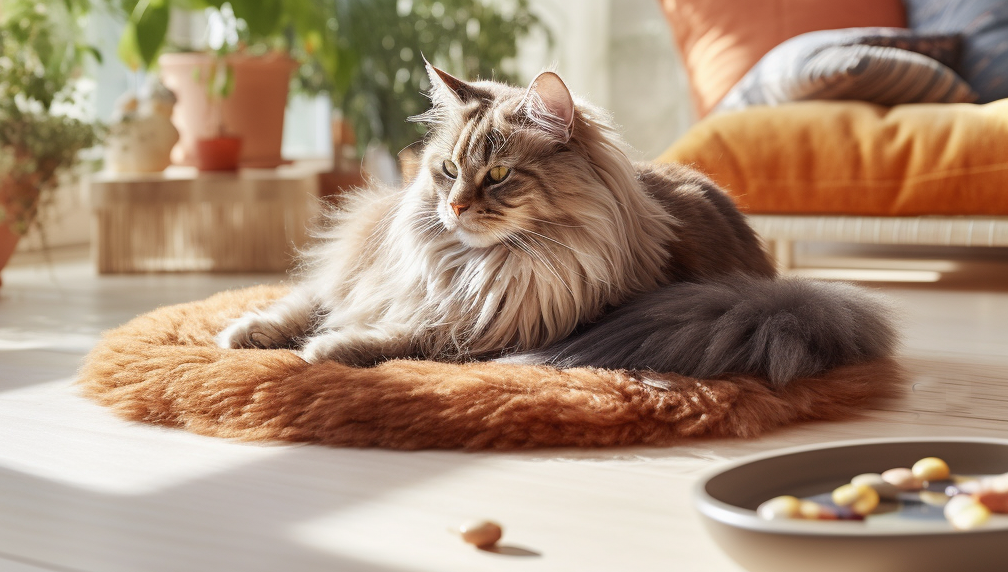
Tips for Picky Eaters
Transitioning picky eaters to a new diet can be akin to a culinary negotiation with a tiny, whiskered critic. However, with a sprinkle of creativity and a dollop of patience, you can coax even the most stubborn feline into trying — and eventually accepting — new culinary horizons. Here are some tips to entice your discerning diner:
Creative Solutions:
- Tuna Juice Magic: The allure of tuna juice is nearly irresistible to cats. Drizzle a little over the new food to pique interest and provide a familiar, enticing scent.
- Warmth Welcomes: Gently warming the food can amplify its aroma, making it more appealing. Ensure it's just warm to the touch, mirroring the temperature of freshly caught prey.
- Texture Tinkering: Some cats have strong preferences for certain textures. If your cat turns up their nose at pâté, try flaked or morsel-based varieties. Conversely, if kibble is being snubbed, consider incorporating softer, wet foods. Mixing textures can also create an intriguing dining experience for your cat.
Patience and Persistence:
The journey to dietary change is marathoned, not sprinted. Cats’ attachment to their usual diet isn't just about taste; it's about comfort and routine. Gradual changes, coupled with consistent, gentle encouragement, can help ease the transition. Offering the new food at your cat's regular feeding times and in their usual spot can also help.
Persistence is key, but it's important to remain attentive to your cat's needs and preferences. If a particular strategy doesn't seem to work, don't be discouraged. Sometimes, finding the right approach takes a bit of experimentation. Above all, maintaining a calm and supportive environment will reassure your cat that there's nothing to fear from the new food. With time and patience, your picky eater can learn to enjoy their new diet, paving the way for a healthier lifestyle.
Monitoring Your Cat’s Health During the Transition
The transition to a new diet is a critical period for your cat, requiring vigilant monitoring to ensure it's proceeding smoothly without compromising their health. Observing your cat's behavior, appetite, and physical condition provides valuable clues about how well they're adapting to the dietary change.
Signs of a Successful Transition:
- Consistent Appetite: Your cat eats regularly without hesitation.
- Normal Digestion: Stool remains firm, and there's no increase in frequency or urgency of bowel movements.
- Overall Well-being: Your cat maintains normal energy levels, hydration, and shows no signs of discomfort or distress.
Red Flags Indicating Health Concerns:
- Digestive Upset: Persistent vomiting, diarrhea, or constipation.
- Behavioral Changes: Decreased appetite, lethargy, or unusual aggression.
- Physical Symptoms: Weight loss, dull coat, or signs of dehydration.
Adjusting the Transition Pace:
If you observe any concerning signs, it may be necessary to slow down the transition process. Extending the duration of mixing old and new food allows your cat's digestive system to adjust more gradually. In cases of severe or persistent symptoms, halting the transition and reverting to the original diet, at least temporarily, is advisable.
Veterinary Oversight:
Consultation with a veterinarian is crucial, both before initiating the dietary change and during the transition, especially if health concerns arise. A vet can offer professional guidance, perform health assessments, and recommend adjustments or interventions to ensure a safe transition. Veterinary oversight helps mitigate risks, ensuring your cat's nutritional needs are met without adverse effects on their health.

Troubleshooting Common Issues
Transitioning your cat to a new diet can sometimes encounter bumps along the way, such as vomiting, diarrhea, or a refusal to eat. These issues, while concerning, often have manageable solutions.
Vomiting and Diarrhea:
These symptoms may indicate that the transition is moving too quickly for your cat's digestive system. To remedy this, revert to the previous mix ratio that did not cause these issues, slowing the pace of the transition. Providing small, frequent meals can also help ease digestive distress. Ensure your cat stays hydrated, a critical factor when dealing with these symptoms.
Refusal to Eat:
A cat refusing to eat the new diet can be challenging. Attempt to make the food more appealing by warming it up or adding a favorite treat on top. However, never force your cat to eat the new food, as this can create negative associations. Patience and gradual introduction are key.
Adjusting the Transition Pace:
Closely monitor your cat's reaction to the new diet and be ready to adjust the transition pace accordingly. If adverse reactions occur, it might be necessary to extend the duration of each transition phase, giving your cat more time to adjust.
Consulting a Veterinarian:
If symptoms persist despite your efforts to adjust the transition or if your cat refuses to eat for an extended period, it's crucial to consult a veterinarian. Professional guidance is essential to rule out underlying health issues and to receive tailored advice for your cat's specific situation. A veterinarian can provide insights into whether the dietary change is suitable for your cat or if an alternative approach is needed.
Final Thoughts:
The journey to transitioning your cat to a new diet, particularly for the finicky eaters among our feline friends, underscores the necessity of a patient and gradual approach. This meticulous process not only respects your cat's preferences and digestive health but also sets the stage for long-term nutritional success. Embracing the step-by-step guide outlined ensures that your cat can adjust at a comfortable pace, minimizing stress and potential health issues.
Let patience be your guide and adherence to the gradual transition your strategy, as these are the cornerstones of a successful dietary change. The positive impacts of a well-suited diet on your cat's health and well-being are immeasurable, ranging from enhanced vitality to improved overall health markers. As you embark on this path, remember that every small step is a leap towards a happier, healthier life for your beloved companion. Let the promise of their enhanced well-being motivate you through the challenges, for the reward—a thriving, content cat—is truly worth the effort.
Faqs:
How long does it typically take to transition a cat to a new diet?
The transition process typically takes about 10 days, gradually increasing the proportion of new food to old food. However, this can vary depending on the cat's adaptability and digestive sensitivity.
What should I do if my cat refuses to eat the new diet?
If your cat refuses the new diet, try introducing it more slowly and mix in small amounts of a favorite treat or slightly warm the food to enhance its aroma. If resistance continues, consult your veterinarian.
Can changing my cat's diet cause digestive issues?
Yes, changing your cat's diet too quickly can lead to digestive issues like vomiting or diarrhea. It's essential to transition gradually and monitor your cat's response to the new diet to avoid or minimize these problems.
How can I tell if the new diet is benefiting my cat?
Signs that the new diet is beneficial include consistent appetite, normal digestion, maintenance of ideal body weight, a shiny coat, and overall good energy levels and health.
Is it necessary to consult a veterinarian before changing my cat's diet?
Yes, consulting with a veterinarian is recommended, especially if your cat has health issues, to ensure the new diet meets your cat's specific nutritional needs and to manage any potential health concerns properly.
